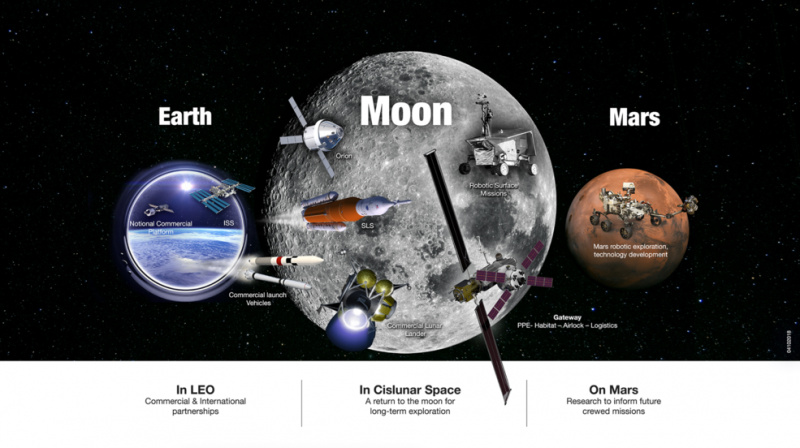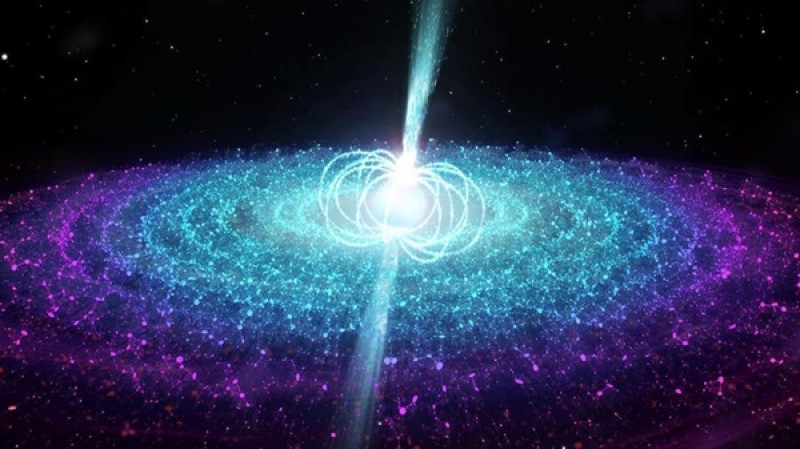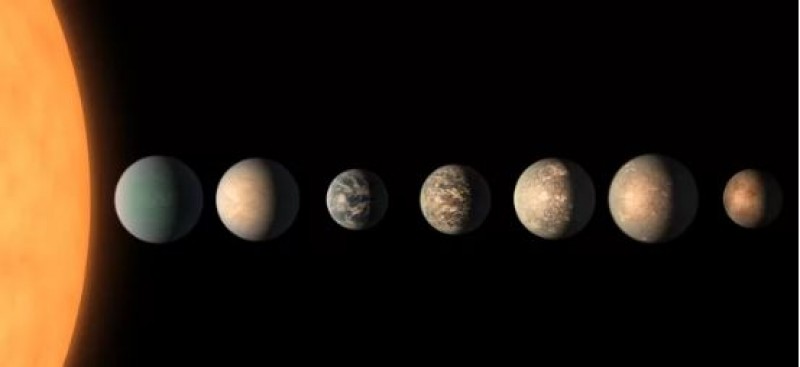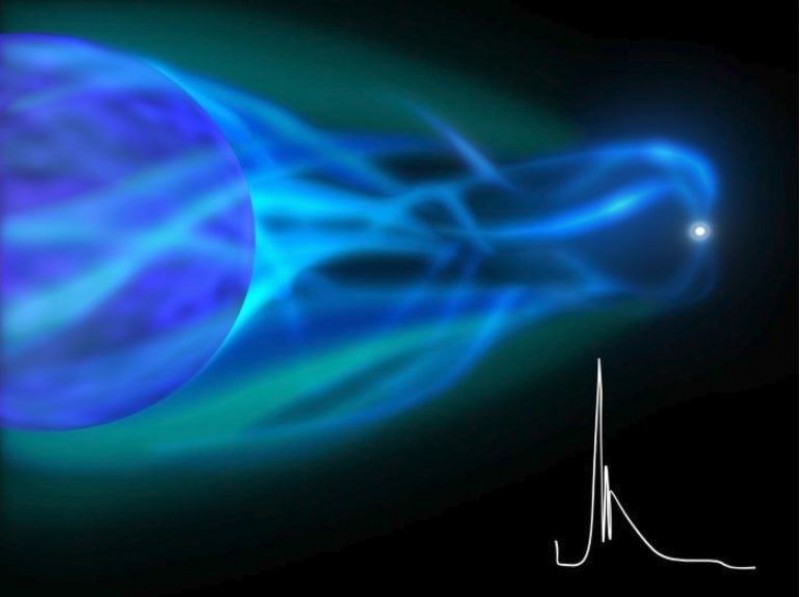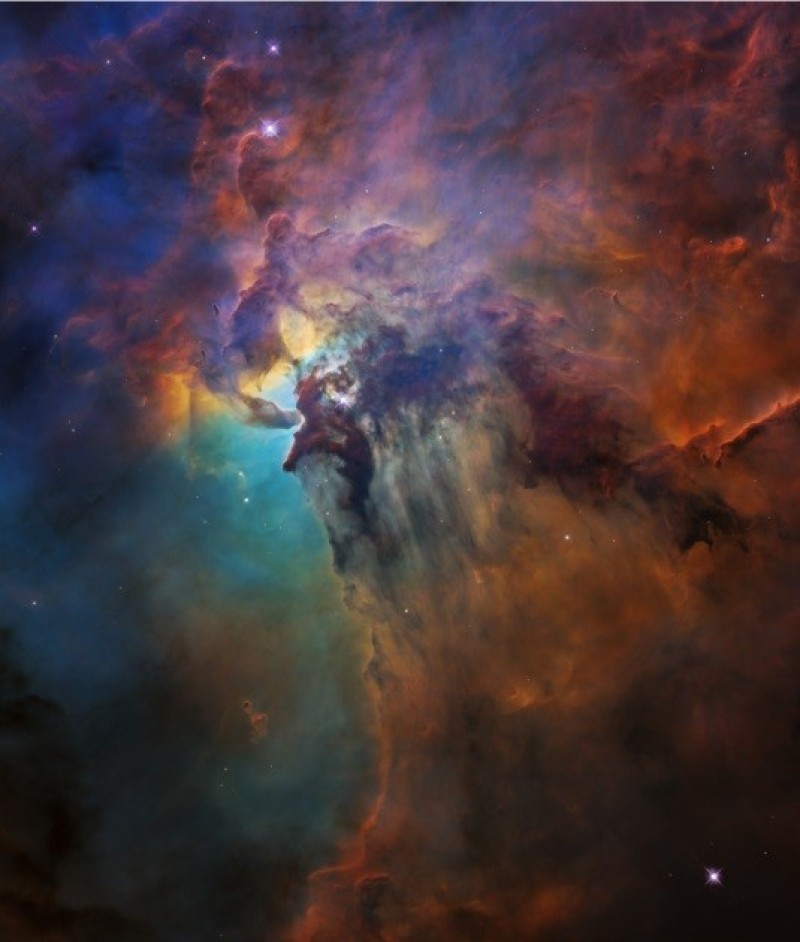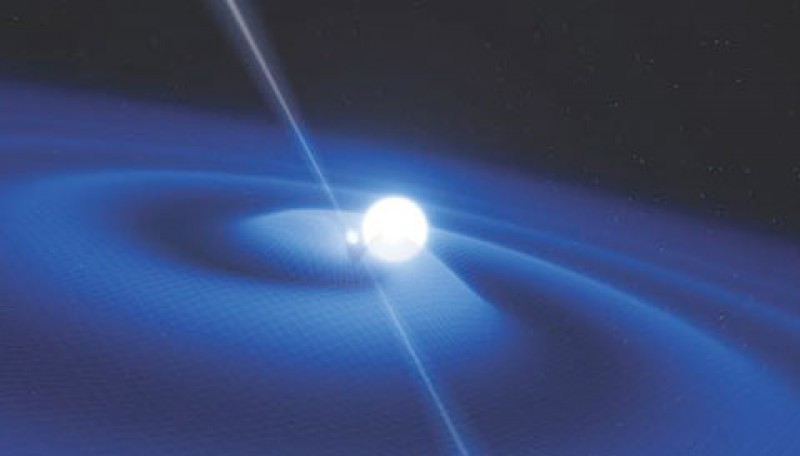Articles
Blast from the Past in Today’s Sky
Tuesday, October 16th 2018 07:47 PM
The Crab Nebula, seen in this composite image, is a famous example of a supernova remnant. The explosion was seen around the world in AD 1054.ESO
Astronomers may have found a connection between an object first observed in the late 1900s and a mysterious “guest star” that appeared in the sky over a millennium and a half ago. New research indicates that a supernova remnant named G7.7–3.7 is likely the remains of an explosion catalogued by Chinese astronomers in AD 386, known today as SN 386.
Supernovae are the universe’s fireworks — explosive, bright, and beautiful — and if they are anywhere in our vicinity, impossible to miss. These brilliant ends to a star’s life leave behind expanding clouds of dust and gas known as supernova remnants, whose properties are tied inextricably to both the explosion and the original star. Matching a remnant to observations of its supernova helps astronomers understand and classify the remnant, which ca...
Read More
Read More
Chandra X-ray Observatory back online after failure
Monday, October 15th 2018 10:13 PM
NASA’s Chandra X-ray Observatory will soon be observing the cosmos once again, the space agency said Monday. A scare last week left the spacecraft in safe mode. Chandra is a space observatory that observes extreme objects that emit X-rays, like black holes. The problems with Chandra surfaced on October 10, just days after the iconic Hubble Space Telescope also went into safe mode due to issues with its gyroscopes, which help point the spacecraft. Together, the pair make up half of NASA’s “Great Observatories” program.
Safe Mode
While in Safe Mode, Chandra’s instruments move into a safe configuration, where important hardware is protected, the spacecraft orients so that its solar panels get the optimal amount of sunlight, and the craft’s mirrors point away from the sun. According to an official NASA statement, Chandra transitioned into safe mode in a manner consistent with “normal” or expected behavior.
The spa...
Read More
Read More
NASA Unveils Sustainable Campaign to Return to Moon, on to Mars
Wednesday, October 3rd 2018 09:38 PM
In December of 2017, President Donald Trump signed Space Policy Directive-1, in which the president directed NASA “to lead an innovative and sustainable program of exploration with commercial and international partners to enable human expansion across the solar system and to bring back to Earth new knowledge and opportunities.”
In answer to that bold call, and consistent with the NASA Transition Authorization Act of 2017, NASA recently submitted to Congress a plan to revitalize and add direction to NASA’s enduring purpose. The National Space Exploration Campaign calls for human and robotic exploration missions to expand the frontiers of human experience and scientific discovery of the natural phenomena of Earth, other worlds and the cosmos.
The Exploration Campaign builds on 18 continuous years of Americans and our international partners living and working together on the International Space Station. It leverages advances in the com...
Read More
Read More
Powerful jets found shooting from incredibly magnetic neutron star
Monday, October 1st 2018 08:38 PM
The first-of-its-kind observation is making scientists question what they thought they knew about neutron stars.
For the first time, astronomers have witnessed a fast-moving jet of material shooting outward from a neutron star with an extremely powerful magnetic field — one that is some 10 trillion times stronger than the Sun's. The surprising discovery not only caught researchers off guard, but is also forcing them to fundamentally rethink their current theories regarding how jets form throughout the cosmos.Astronomers have long been fascinated with neutron stars, which are the superdense cores left behind after a massive star explodes in spectacular fashion. These extreme stars are so compact that if our Sun were compressed to the density of a neutron star, it would only be about 10 miles wide (for comparison, the Sun is roughly 850,000 miles wide). With so much matter packed into such a tiny space, neutron stars have intense gravitational pulls near their surfaces that are on...
Read More
Read More
Construction Begins on the World's Largest Optical Telescope
Wednesday, September 19th 2018 10:56 PM
The start of hard rock excavation for the Giant Magellan Telescope’s massive concrete pier and the foundations for the telescope’s enclosure has started in Chile's Atacama Desert. Using a combination of hydraulic drilling and hammering, the excavation work is expected to take about five months to complete. The Giant Magellan Telescope (GMT) is slated to be the first in a new class of extremely large telescopes, capable of producing images with 10 times the clarity of those captured by the Hubble Space Telescope. The GMT aims to discover Earth-like planets around nearby stars and the tiny distortions that black holes cause in the light from distant stars and galaxies. It will reveal the faintest objects ever seen in space, including extremely distant and ancient galaxies, the light from which has been travelling to Earth since shortly after the Big Bang, 13.8 billion years ago. The telescope is being built at the Carnegie Institution for Science's Las Campanas Observatory in...
Read More
Read More
How a Massive Database on Stars Will Make It Easier to Explore Alien Worlds
Thursday, August 30th 2018 12:27 AM
Our sun shapes every day of our lives and always has — and if there's life on alien worlds, the same will be true of their stars.
"At first scientists focused on temperatures, looking for exoplanets in the 'Goldilocks zone' — neither too close, nor too far from the star, where liquid water could exist," Natalie Hinkel, a planetary astrophysicist at the Southwest Research Institute, said in a statement issued by the institute. "But the definition of habitability is evolving beyond liquid water and a cozy temperature."
In particular, scientists have begun to consider a planet's chemical composition, since life as we know it relies on elements like hydrogen, carbon, oxygen, phosphorus, nitrogen, iron and silicon. Scientists don't yet have the technology required to measure planetary composition directly.
But they can measure the ingredient mix of a star and use that as a stand-in for the planet's recipe, another reason why gathering data about stars is ju...
Read More
Read More
Supergiant Fast X-ray Transient Binaries are Actually Quite Common in Our Galaxy
Friday, August 10th 2018 10:33 PM
Supergiant Fast X-ray Transient Binaries are Actually Quite Common in Our Galaxy
Supergiant Fast X-ray Transients (SFXTs) are a baffling type of X-ray binary system discovered with the European Space Agency's INTEGRAL (International Gamma-Ray Astrophysics Laboratory) space telescope. These binaries were first noticed because of their occasional flare-ups in the X-ray portion of the spectrum. The transient activity, which lasts only a few hours, enhances the brightness of these otherwise very faint sources dramatically. Over the years, INTEGRAL has discovered numerous SFXTs. Previously thought to be extremely rare, it turns out that these are actually quite common in our galaxy.INTEGRAL is the first space observatory that can simultaneously observe objects in gamma rays, X-rays, and visible light. Its principal targets are violent explosions known as Gamma Ray Bursts (GRBs), powerful phenomena such as supernova explosions, and regions in the Universe thought to contain black holes.The...
Read More
Read More
Kiss the Sky Tonight -- Month of July 2018
Tuesday, July 3rd 2018 12:36 AM
Welcome to the night sky report for July 2018 -- Your guide to the constellations, deep sky objects, planets, and celestial events that are observable during the month. On July 27th, Mars reaches its long-awaited opposition and is visible all night. Look for its south polar cap and dark features that shift as the planet rotates. This month you will also spot constellations Scorpius and Sagittarius, globular cluster M4, and the annual Delta Aquarid meteor shower. The night sky is truly a celestial showcase. Get outside and explore its wonders from your own backyard.
Venus hangs in the west at dusk with eye-catching brilliance. On the 15th, it lies right above the slender crescent moon. Venus’s own moon-like phase is visible through a backyard telescope.
Saturn and Jupiter dominate the southern sky at sunset. A modest telescope reveals the rings of Saturn and the prominent cloud bands of Jupiter.
On July 27, Mars reaches its long-awaited opposition. During opposition (which occu...
Read More
Read More
Planetpalooza: All Bright Planets Visible in the July Dusk Sky
Tuesday, June 26th 2018 10:13 PM
The Sky Scene in July
This coming July 2018 features a rare look at the solar system in profile: you can see Mercury and Venus low in the dusk looking westward immediately after sunset, with Jupiter high to the south, Saturn rising in the east, and Mars rising just behind. This isn’t a true grouping or grand conjunction, as the planets span a 170 degree swath of the ecliptic from Mercury to Mars (too bad they’re not in orbital order!) but a product of our Earthly vantage point looking out over the swath of inner solar system in the evening sky.
Can you manage a “planetary marathon” and collect all five this coming Fourth of July weekend? Here’s a quick rundown of all the planetary action from west to east:
copyright: Roger Hutchinson.
Mercury’s July apparition – fleeting Mercury is always the toughest of the planets to catch, low to the west. -0.3 magnitude Mercury actually forms a straight line with the bright +1st/2nd magnitude...
Read More
Read More
Pulsar Limits “Fifth Force” Interactions with Dark Matter
Friday, June 22nd 2018 08:22 PM
Scientists recently studied a pulsar binary system to constrain the existence of a hypothetical fifth fundamental force of nature.
We already know about four fundamental forces: gravity, electromagnetism, and the strong and weak nuclear forces. However, there are some effects in the universe that cannot be explained by these forces alone. For example, a 2016 experiment in Hungary showed unexpected behavior in the decay of nuclei in the isotype beryllium-8. (After shooting protons at lithium foil, observers saw more electron-positron pairs ejected at a 140-degree angle, which is difficult to explain with standard nuclear physics theories.)
One possibility is the existence of a "fifth force" of nature, which governs the behavior of elementary particles alongside the other four forces. Some scientists suggest this force could work on dark matter, the unseen substance that makes up most of the universe's mass. We can see dark matter’s effects on ordinary matter, but dir...
Read More
Read More


